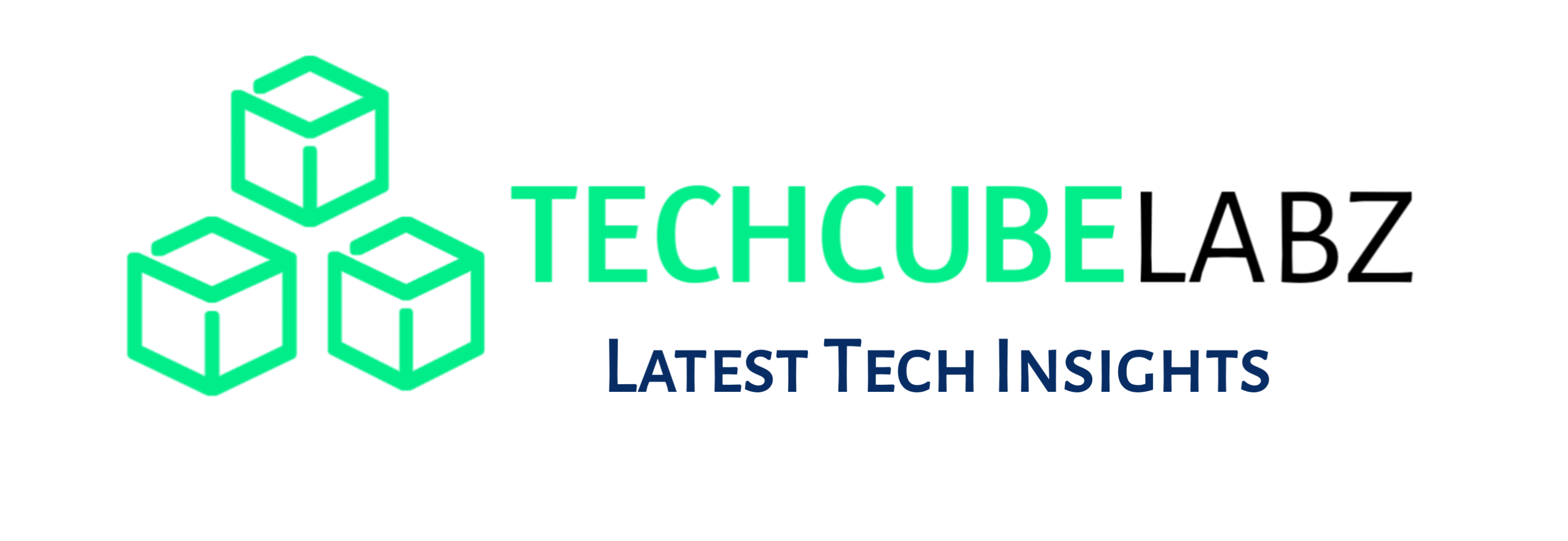
How many types of software are there in Tally?: Tally underwent a revolution over the years that has led to it discovering different Tally Initially, Tally had a single version, which has since been replicated into other versions. Take a look at the different versions of Tally.
Tally 3.0 was the first version that was used to meet the basic accounting requirements of small businesses. The software requires external commands and special commands in order to run the operation. It only supports Microsoft DOS.
Tally 3.12 is very similar to its predecessor, i.e. Tally 3.0. A few features have been upgraded. It is similar to Tally 3.0. Tally 4 was the next version that came out in 1992. It is similar to Tally 3.0, Tally 3.12 and Microsoft DOS.
Tally 5.4, the version that follows Tally 4, is Tally’s next release. This version has a very popular graphic user interface. In a very short time, the pirated version of Tally has become the best accounting software.
Tally 6.3, the latest Tally version for Windows, is now available. This is the first Windows-based version that supports printing and VAT. Tally 6.3 is also built with a water-tight security system that makes it difficult to crack.
Tally 7.2 has been updated with new features. The version is faster, and the operations are performed quicker than ever before. It was unique because it had additional features such as statutory compliance features, different values for VAT, etc.
Tally 8.1 adds a new data structure. This version adds the POS module and payroll feature. This version did not receive the positive response that was expected. Tally has launched a new version.
Tally ERP 9 has been the latest version since 2009. Many business organizations use it. It includes advanced features such as GST calculations, payroll and invoice procedures, remote access and multi-user login. Today, many businessmen want software that offers a complete solution for their business.
9 best software is used mostly in Tally
- QuickBooks
- Zoho Books
- SAP Business One
- Sage 50 cloud
- Microsoft Dynamics 365
- Xero
- Wave Accounting
- FreshBooks
1. QuickBooks
QuickBooks Online was included in our Best Small Business Accounting Software list as it is an all-in-one platform for accounting, billing and expense tracking. You can test the software for 30 days with the Simple Start Plan, which has 100% of its capabilities.
QuickBooks Online offers four different pricing levels and 50% off the first three months when you buy. Simple Start Plan is $15 per month during the first three-month period, and then $30 per month.
This plan includes all the essentials you need to manage your accounting. It has income and expense tracking, invoice and payment capabilities, tax deductions and receipt capture.
You’ll be charged $30 per month in the first three months and then $60 per month. This plan allows you to add up to three users per account so that everyone has access to data. This plan also allows you to manage your bills and add employee time on invoices for proper billing.
The Plus Plan costs $45 per user per month during the first three-month period before increasing to $90 per user per month.
The software also includes inventory management and forecasting reports that allow you to project your profitability. [How many types of software are there in Tally?]

2. Zoho Books
Zoho Books has a free plan and five subscription plans that cost $15 to $240 per monthly bill. The higher-level plans include more users, invoices, and advanced features such as vendor portals, custom modules, and purchase approvals.
You can use Zoho to send customized invoices, and you can connect with payment gateways for customers to pay online for your services and products.
You can also link important transactions to one or more bank accounts and automatically categorize the data for a fast and easy reconciliation.
Dashboards will show you your top expenses, total payables and receivables, as well as sales. You can also create business reports such as balance sheets, cash flow statements and profit and loss statements.
You can also use a tax tool to calculate sales tax, set a default rate of tax and create 1099s for your contractors.
The Zoho Books mobile app is available in the Apple Store and Google Play Store. You can use the app to create and send invoices as well as record your expenses. [How many types of software are there in Tally?]
Read Also: How to stick a car phone holder?
3. SAP Business One
SAP Business One manages standard sales, HR, procurement, production and marketing through a central hub. Customers are provided with dashboards that allow them to access and manage data in real-time and use it proactively.
SAP Business One does not have a flat rate. You will need to contact the sales team for a direct price quote. SAP considers multiple factors when calculating the total cost. As an example
Although SAP Business One is often praised for its ability to work best with small and midsize businesses, some customers have stated that they believe the complexity of the product, combined with its pricing, might be better for midsize companies. This includes those who are more familiar with ERP systems.
SAP Business One offers a wide range of tools to manage sales across the lifecycle, from tracking lead activity to maintaining customer data. Some may be concerned that sales data does not always differentiate between leads and customers.
SAP offers a number of useful modules to help with marketing, conversion and strategy. [How many types of software are there in Tally?[
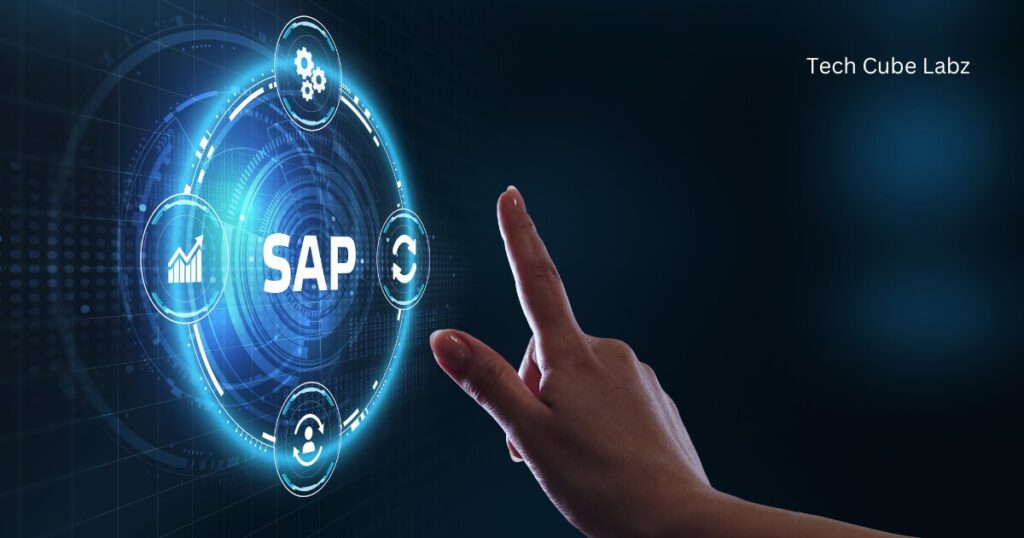
4. Sage 50 cloud
PCMag’s review of Age 50 Accounting shows it to be the oldest and most comprehensive program (40 years or more).
However, if you are a small-to-midsize business owner (SMB), you may find that this program does a lot more than you require. It offers full accounts payable/receivable functionality as well as robust inventory management.
Additionally, it has payroll and exceptional reports. Editors’ Choice winners QuickBooks Online or FreshBooks will serve most small businesses better. Both are cloud-based, with the best combination of features, usability and customization options.
Sage 50 Accounting offers three plans. Pro Accounting costs $58.92 a month for a single user. Premium Accounting (which I used to test) starts at $96.58 for a single-user subscription and goes up to $222.25 for five users.
Quantum Accounting costs $152.42 for a single user and $301.08 for five users. Annual customers get a discount.
Each plan gets $180 more per year if it is integrated with Microsoft 365 Business. All plans require an annual contract. [How many types of software are there in Tally?]
5. Microsoft Dynamics 365
Microsoft Dynamics 365 is ranked as one of the best ERP systems because it’s a comprehensive platform that meets all requirements for business management.
It has a wide range of applications that help manage business operations such as sales, marketing and customer service.
Microsoft Dynamics 365 Business Central is a Microsoft ERP that has a wide range of applications. It was designed specifically to meet the needs of small- and medium-sized businesses. It is affordable and scalable so that it can support businesses growing rapidly.
Its best feature is its ability to be deployed in the cloud or on-premises. The mobile app allows professionals to update their notes, create tasks and manage time while on the move.
It also has analytics and accounting features, which allow users to track their projects and gain a detailed view of their project profits and sales. It can also seamlessly integrate with Microsoft products.
It’s great to know that it offers a free trial for its paid plan. This platform has many functionalities but also some drawbacks, which we will discuss below. [How many types of software are there in Tally?]
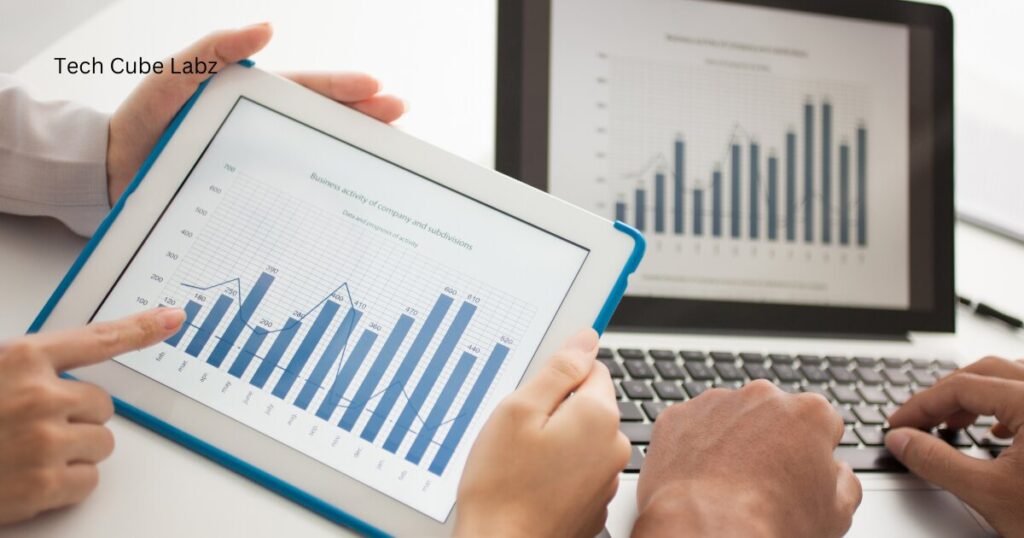
6. Xero
Xero has been rated as one of the top small business accounting software. Xero is especially useful for companies with multiple employees who require access to the software. It provides all the financial management tools that growing and young companies need.
The application is unique in its ability to report and use artificial Intelligence (AI). Since our previous review in 2022, new functionality has been added, including 1099 management and visualization in reports.
Xero integrates with Gusto so that you can include payroll in your accounting. FreshBooks, Intuit QuickBooks Online, and HTML2_ Xero are our Editors’ Choice Winners for small business accounting applications due to their flexibility, intuitive operation, and smart selection of accounting features.
[How many types of software are there in Tally?]
7. Wave Accounting
Wave Accounting is free, so you don’t have to provide a payment card to use it. Through a few integrations, it can help you manage bookkeeping and accounting processes.
Wave allows you to track and manage unlimited receipts, as well as send unlimited customized invoices.
Wave lets you search for transactions, create accounting reports and reconcile information across Wave products. You can also calculate sales tax, customize payment conditions, and access easy-to-understand cash flow insights.
The dashboard is well-organized and clutter-free, with tabs for accounting, purchasing, payroll, reports, and payroll.
Wave offers a free mobile app that helps you manage invoices while on the move. Wave invoicing allows you to send, track, and edit invoices using any mobile device.
Wave also allows you to manage several businesses from one account, and it uses double-entry accounts, which are ideal for tax season and accountants.
Wave also offers two add-ons, including Wave Payment and Wave Payroll. These can be useful if you want to accept payments via credit card or automated clearinghouse (ACH), as well as process payroll. [How many types of software are there in Tally?]
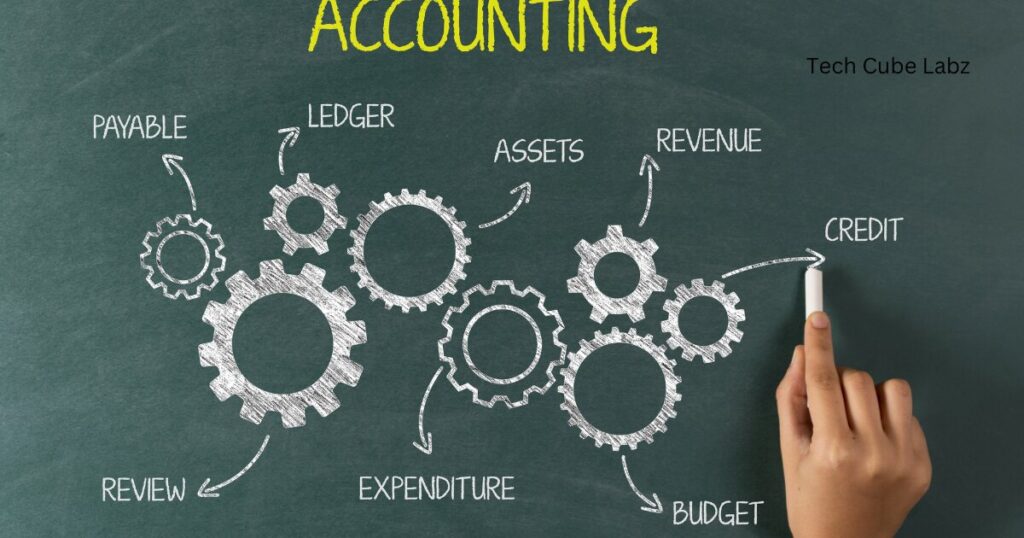
8. FreshBooks
FreshBooks began as a simple invoice program. FreshBooks has grown in scope over the years by adding new features and improving existing ones.
FreshBooks, a double-entry accounting software for small and medium-sized businesses, offers the best user experience of any accounting software that we have tested.
FreshBooks was named Editor’s Choice for its outstanding management of finances and excellent user experience. QuickBooks Online also won Editors’ Choice for its flexibility and depth.
FreshBooks has four plans to choose from: Lite ($17/month), for sole proprietors or gig workers; Plus ($30/month), with more business features standard; Premium ($55/month), an advanced app; and Select ($custom pricing).
All prices listed are for a single user. Additional team members cost $11 a month (Admin, Managers, Employees, Contractors), although you can include Accountants free of charge. FreshBooks offers a good team collaboration tool, but the additional fees per person seem excessive.
You can try all the features with a 30-day trial that requires no payment information. All plans are compatible with Gusto payroll. However, there are additional fees. [How many types of software are there in Tally?]
9. MYOB
Every day, new tech solutions for small businesses are introduced. Some names remain constant in this constantly changing landscape. MYOB has become synonymous over the years with small business accounting. For decades, MYOB has been the leading provider of Australian accounting software for small businesses.
For a long time, it has been refreshing its Essentials line. The latest MYOB Business version offers a simplified, more streamlined range of solutions. It’s well worth checking out.
MYOB simplified its product range by offering only four levels, which include what were previously separate categories of Essentials and AccountingRight products. This allows for maximum flexibility in order to meet changing business requirements. Upgrades and downgrades are simple.
The “In Tray,” a time-saving feature, streamlines data entry while providing a digital solution for storing records.
Digital storage that is linked to your records allows you to avoid the need for filing cabinets and folders. Optical character recognition (OCR), on the other hand, allows you to complete some data entry as you move. [How many types of software are there in Tally?]
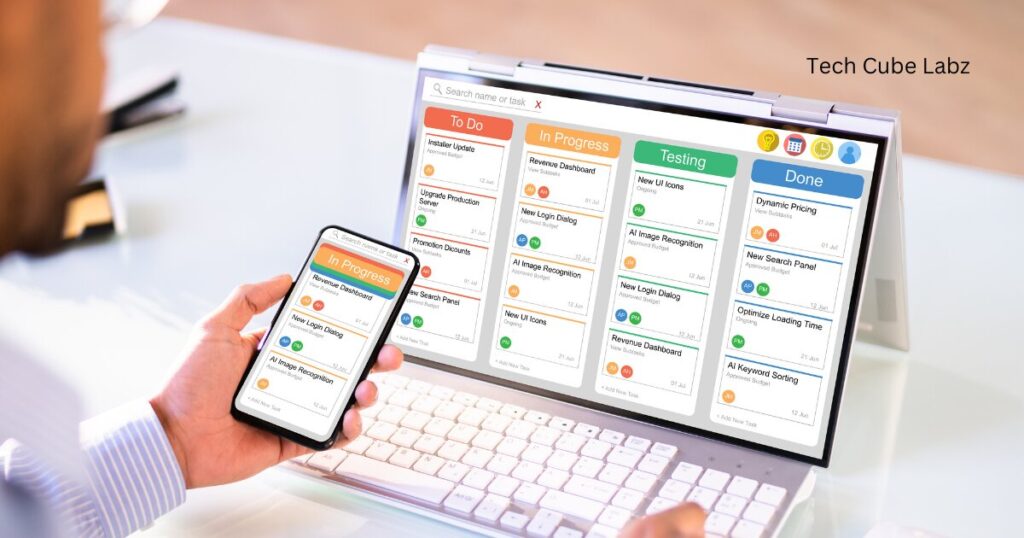
Conclusion:
Tally’s robust accounting and management features are the foundation of many financial operations. To fully utilize its capabilities, it is important to integrate Tally with other software and tools. Tools like Tally TDL and Microsoft Excel enhance Tally.
These tools allow businesses to analyze and integrate data better. Tally combined with these complementary tools will lead to improved workflows, data insights and, ultimately, better business decisions. [How many types of software are there in Tally?]
How many types of software are there in Tally?: FAQ
1. What kind of software is Tally?
Ans: It is a complete enterprise solution for small and medium businesses. Tally.ERP 9 offers a complete business management software and GST solution with a combination of functionality, control and customizability. TallyPrime, the latest version of Tally, is available.
2. Is Tally better than Excel?
Ans: Excel has a wide range of applications in Finance, Human Resources and Operations, while Tally plays a major role in Accounting and Finance. Excel experts may find work as Financial Analysts, Data Analysts, MIS Executives and Operations Managers, while Tally experts could be Accountants, Audit Managers, or MIS Executives.
3. Can I convert Excel to tally?
Ans: Tally Prime lets you import data in a few easy steps from Excel or XML files. The import of data from Excel relies on the mapping of Excel data to TallyPrime fields using templates.
